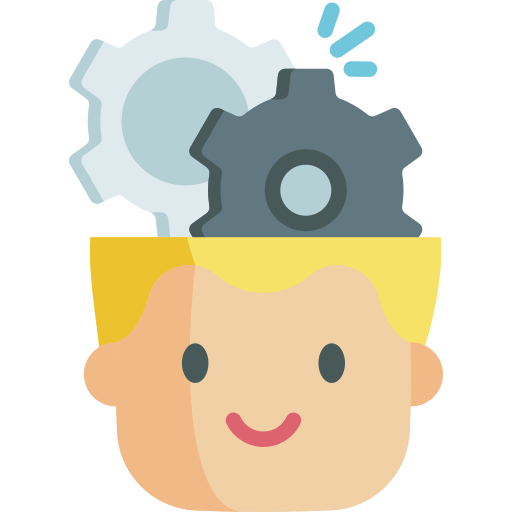Imagine being 16 years old and speaking in front of world leaders and a global audience. How would you feel?

Most of us would be terrified! Yet when climate activist Greta Thunberg gave her famous "You have stolen my childhood and my dreams with your empty words" speech at the United Nations, she was focused and confident like a superhero. How did she do it?
I have Aspergers and that means I’m sometimes a bit different from the norm. And — given the right circumstances —being different is a superpower.
— Greta Thunberg, climate activist

Thunberg's neurodiversitygave her everything she needed to succeed on the world stage. And since an estimated 1 in 5 people have some form of neurodiversity, understanding your neurodiverse colleagues and the strengths they bring to your workplace is vital to supportingthem and ensuring equity, inclusion, and belonging in the workplace.
Step 1: Increase your awareness
What is neurodiversity?
The brainworks in a variety of ways and these differences impact the way a person experiences, interacts with, and interprets the world. These variations are called neurodiversity. There any many types of neurodiversity including:
Autism/Asperger's
Dyslexia
Dyspraxia
Dyscalculia
OCD (obsessive-compulsive disorder)
ADD/ADHD (attention deficit disorder/attention deficit hyperactivity disorder)
PTSD (post-traumatic stress disorder)
Down Syndrome
Tourette's

To further deepen your knowledge about neurodiversity, check out this video and this website.
Step 2: View neurodiversity as a strength
While some may consider neurodiversity a negative quality, each form of neurodiversity is actually a strength.

Just look at the many areas in which neurodiverse employees excel!
Autism: data analytics, cyber security, software testing, and compliance.
Dyslexia: reasoning in complex and changing environments, identifying connections between data, spotting patterns and trends, and visual thinking.
Asperger's: thorough and attentive work, steady focus, and repetitive behavior patterns.
ADHD/ADD: adjusts well to change, hyper-focused, high creativity, and works well under pressure.
Down Syndrome: technologically adept, robust visual short-term memory, empathy, and social understanding.
[My dyslexia] helped me think big but keep the messages simple.
— Richard Branson (British entrepreneur and Virgin Group founder)
 Image source: www.commons.wikimedia.org
Image source: www.commons.wikimedia.org
Step 3: Assess your work spaces
The environment in which we operate can have a big impact on our ability to succeed, and this is especially true for neurodiverse individuals. Experience your workspaces from different perspectives.
Do the spaces support those whose senses are more sensitive? Those who need stimulation or distraction? Those who need to avoid it? As you assess your environment consider:
Visual: sightlines, level and type of lighting, number and types of colors and patterns
Sound: noise levels, types of sounds, ability to block out or modify sounds
Touch: feel of surfaces, fabrics, flooring
Smell: type and levels of odors
Space types: low stimulation, room for physical movement, low traffic, collaborative
 What Would You Do?
What Would You Do?
Jayde notices that her coworker Coty often seems distracted regardless of the workload and timing of deadlines. Coty recently confided in Jayde that he has ADHD.
After observing that he fidgets in his chair and paces around his cubicle throughout the day, Jayde thinks Coty might need movement to focus and work well.
Which of the following could Jayde do to help make the work environment more conducive for Coty?
A. Ask their manager to put a standing desk in their work area.
B. Talk to her colleagues about Coty's behavior.
C. Start a lunchtime walking club and invite Coty to participate.
D. Ask their wellness director to provide under-desk pedal bikes.
Quiz
What should Jayde do? Select all the apply:
Step 4: Use your voice
Most people don't work in isolation. Systems, processes, practices, and individual actions can support or hinder a workplace where everyone can contribute, succeed, and thrive. Consider these ways you can speak up in support of your neurodiverse colleagues:

Applaud their strengths in front of others, such as verbally in a meeting, on the company's Slack channels, or in a report.
Ask for their collaboration or help by inviting them use to their strengths to benefit the team's work, the company's goals, or your customers.
Call out when neuro-inclusiveness is missing from decision making groups.
Recommend changes to your physical workspaces that your colleagues say would be helpful.
Speak out when changes in policies, processes, or practices will have a negative impact on neurodiverse employees.
Take Action
There are many ways to start or grow on your journey to being an ally including:
Your feedback matters to us.
This Byte helped me better understand the topic.



